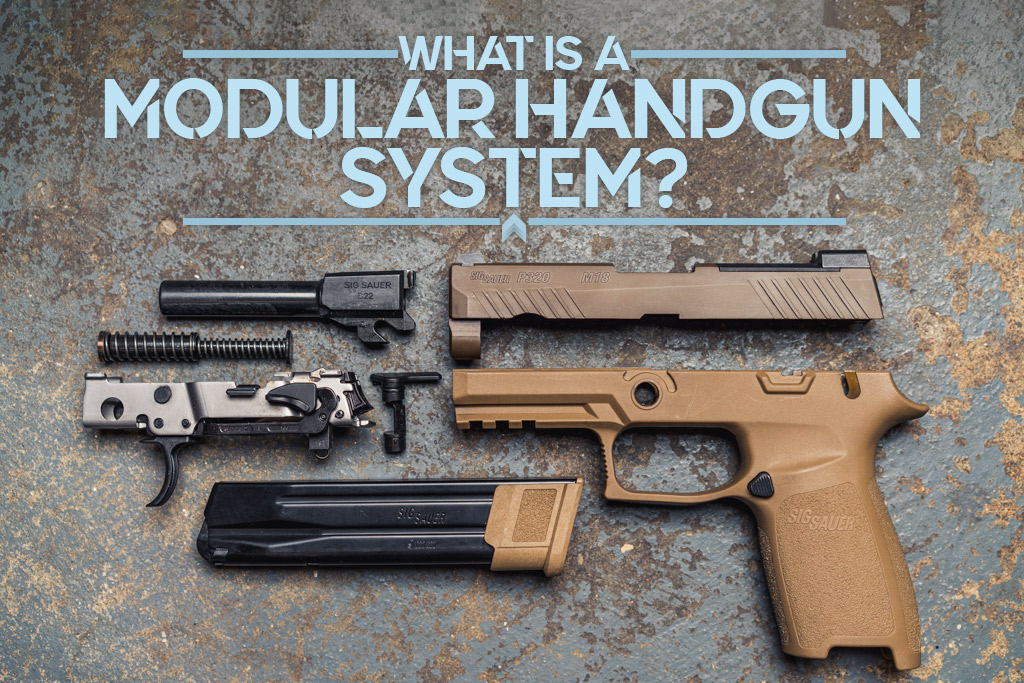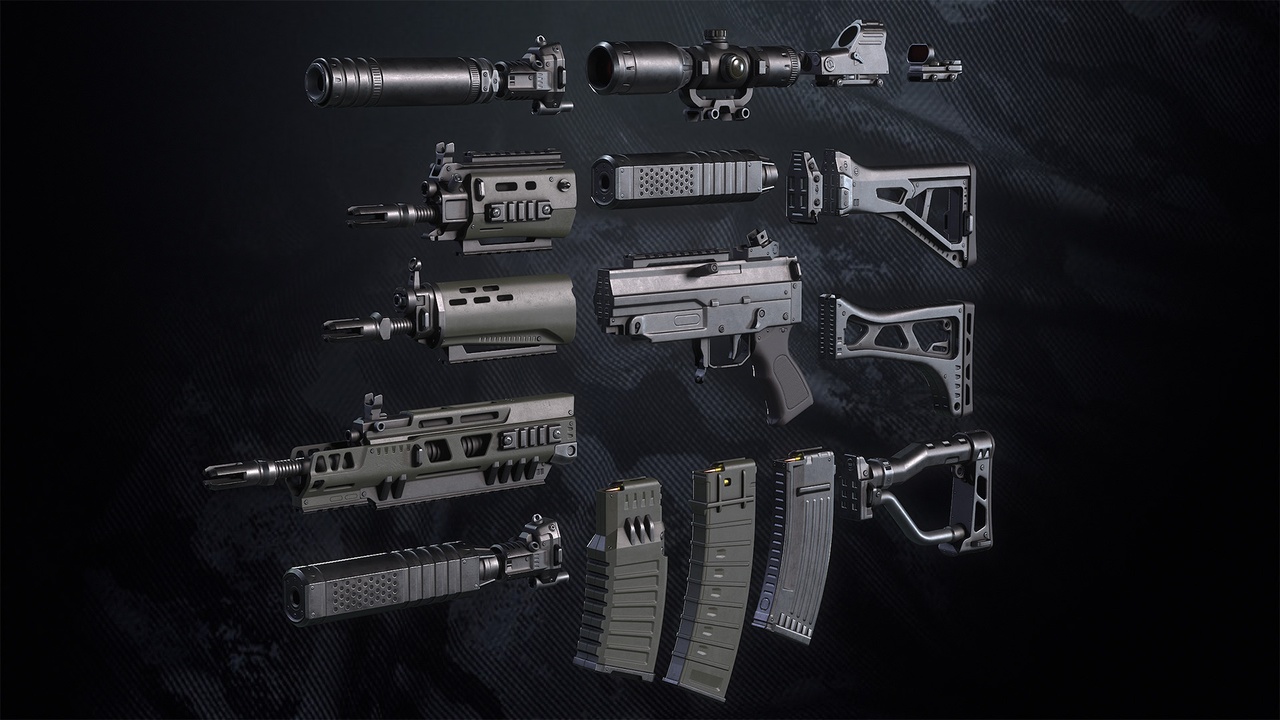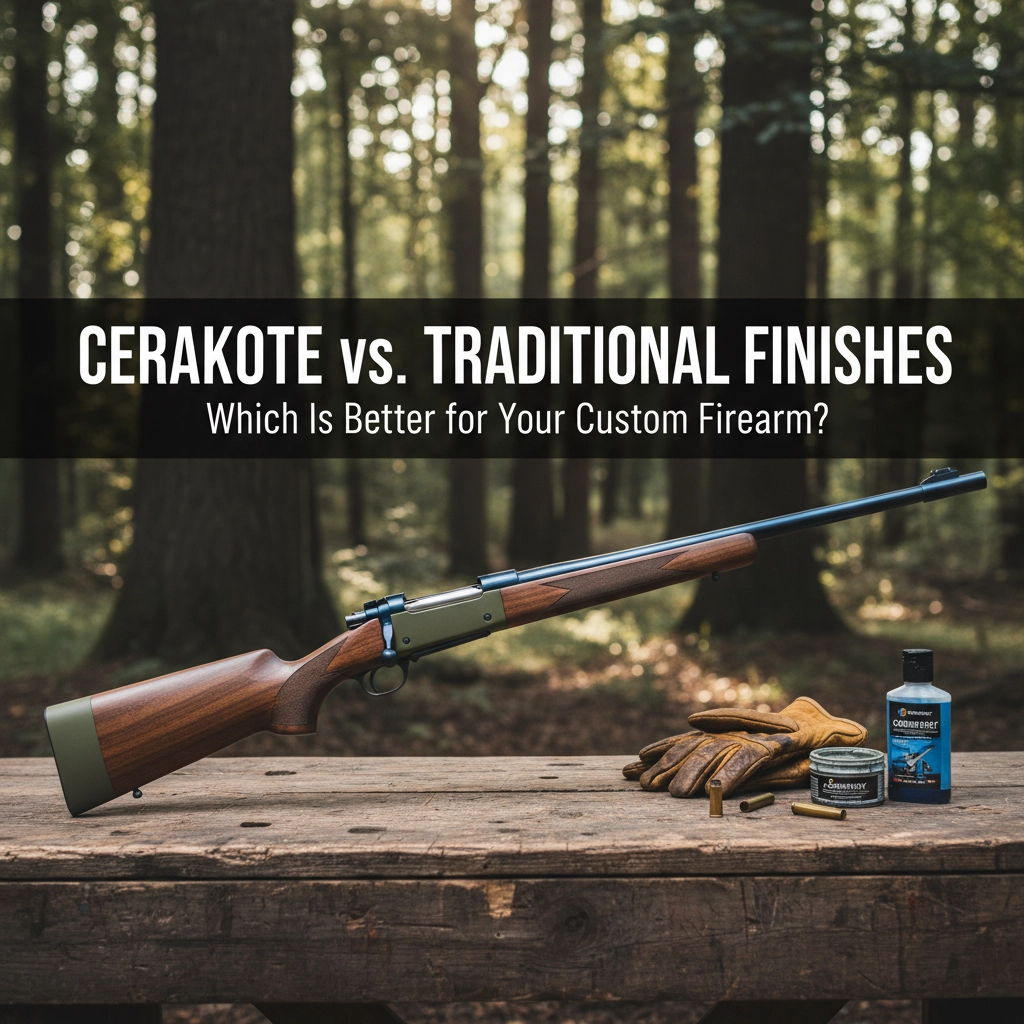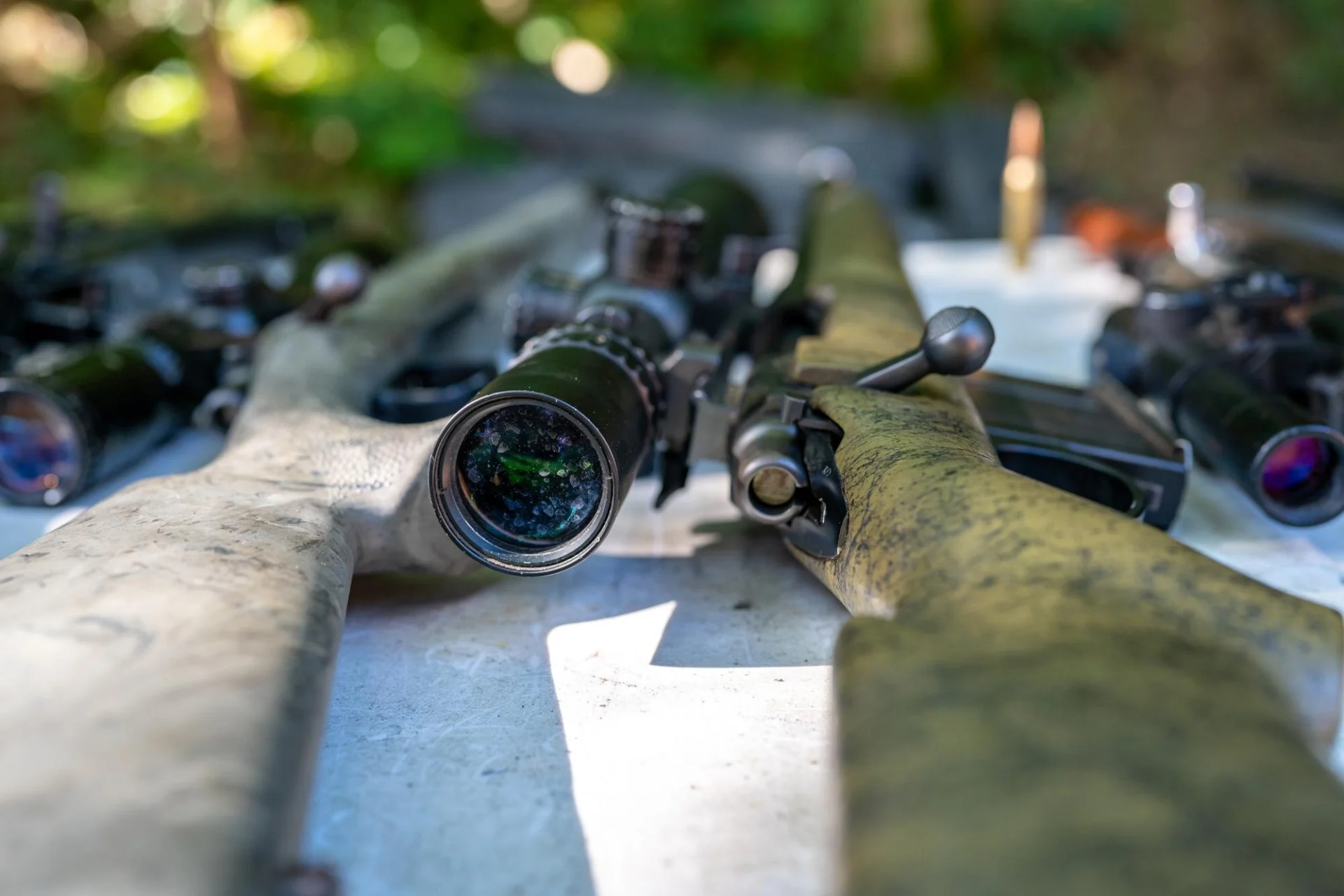The firearms industry is experiencing a revolution in 2025, and it's centered around one game-changing concept: modular gun systems. If you haven't heard the buzz yet, you're missing out on what could be the most significant advancement in firearms design since the adoption of striker-fired pistols. These innovative platforms are reshaping how shooters think about customization, versatility, and value: and for good reason.
What Makes Modular Systems Different
Traditional firearms force you into a one-size-fits-all approach. Your hand size, shooting style, and intended use have to adapt to the gun's fixed design. Modular systems flip this equation entirely. Instead of buying separate firearms for concealed carry, home defense, competition, and range training, you can configure a single platform to excel in multiple roles.
The magic lies in interchangeable components. Grips, slides, barrels, triggers, and stocks can be swapped without tools in many cases, allowing you to transform your firearm's characteristics in minutes. This isn't just about cosmetic changes: we're talking about fundamental alterations to ergonomics, barrel length, capacity, and even caliber in some platforms.



The KRISS KYMERA: Leading the Innovation Wave
One platform generating serious excitement is the KRISS KYMERA, a 9mm double action/single action hammer-fired pistol that showcases modular design at its finest. The KYMERA features replaceable grip modules with different angles and sizes, all compatible with the original magazines. This means you can optimize your grip angle and hand fit without changing your magazine investment or muscle memory.
The versatility extends beyond ergonomics. The KYMERA seamlessly transitions between full-size and compact configurations, making it suitable for duty use, personal defense, and competitive shooting. The slide comes precision-cut for the Agency Optic System (AOS) plate, developed with Agency Arms, plus an integral rear sight cut for maximum adaptability.
Why Shooters Are Making the Switch
The firearms community is witnessing what industry observers call a "genuine wave of switching" in 2025. This isn't driven by marketing hype: these designs solve real problems that have frustrated shooters for years.
Law enforcement officers are swapping duty pistols for modular alternatives. Competitive shooters are discovering platforms that shave seconds off their stage times. Everyday carriers are finding systems that don't punish them during extended range sessions while still delivering the concealability they need.
The Staccato P4 exemplifies this trend. Shooters are abandoning traditional duty guns for this modular platform that accepts Glock magazines, features re-engineered grip texture that locks hands in place during rapid fire without feeling like sandpaper, and includes a truly drop-safe system addressing long-standing safety concerns.
Officers who've made the switch report immediate improvements. The P4's shorter trigger reset tightens shot groups and increases confidence under stress: measurable improvements that matter when accuracy counts most.
Beyond Handguns: Total System Modularity
The modular revolution extends far beyond pistols. Rifle platforms are embracing this approach with systems like the MDT LSS Gen3 chassis, representing the most modular rifle chassis ever produced by the company. The center section remains standard across configurations, but buttocks, forends, and accessories are fully user-customizable.
This approach allows precision rifle shooters to fine-tune their platforms for specific applications. Hunting in thick timber requires different ergonomics than precision shooting at extended ranges. With modular systems, one rifle handles both missions with simple component swaps.


Even shotguns are joining the trend. Palmetto State Armory's 570 concept includes both pump-action and semi-automatic variants built on the same modular receiver. Users can convert between action types or build exactly what they want from a base receiver, with compatibility for existing 870 furniture providing access to countless aftermarket options.
The Economic Case for Modularity
The financial benefits of modular systems become clear when you calculate the cost of building a comprehensive firearms collection. Instead of purchasing separate guns for different purposes: each requiring their own accessories, holsters, and magazines: you invest in one high-quality platform and adapt it as needed.
Consider a typical shooting enthusiast's needs: concealed carry, home defense, range training, and perhaps competition. Traditional thinking requires four different firearms, each with its own learning curve, maintenance schedule, and accessory ecosystem. A well-designed modular system handles all four roles with component swaps costing a fraction of additional complete firearms.
This approach particularly appeals to newer shooters building their first collections and experienced enthusiasts seeking to consolidate without sacrificing capability. The customization potential also addresses individual differences that traditional firearms often ignore.
Solving the Fit Problem
Every shooter's anatomy is unique. Hand size, finger length, and natural point of aim vary significantly between individuals. Traditional firearms force compromise: what works perfectly for one shooter feels awkward for another. Modular systems democratize access to proper fit and function.
Adjustable grip modules accommodate different hand sizes. Interchangeable backstraps fine-tune reach to trigger. Modular stocks adapt length of pull and cheek height. These aren't minor adjustments: proper fit dramatically impacts accuracy, speed, and control.
The ability to optimize a firearm for individual characteristics levels the playing field. Smaller-statured shooters no longer struggle with oversized grips. Those with longer fingers don't fight triggers designed for average hands. Everyone can achieve optimal ergonomics.

Training and Muscle Memory Benefits
Consistency in manual of arms provides significant training advantages. When your concealed carry pistol, duty weapon, and competition gun all share the same trigger characteristics, safety locations, and reload procedures, muscle memory transfers seamlessly between roles.
This consistency proves invaluable under stress. Military and law enforcement personnel understand that complex weapon systems become liabilities when adrenaline peaks. Simple, consistent controls save lives. Modular systems extend this principle to civilian shooters who may face similar high-stress scenarios.
The training efficiency also reduces practice ammunition requirements. Instead of developing separate skillsets for different firearms, you can focus on mastering one platform across multiple configurations. This focused approach accelerates skill development while reducing training costs.
The Future of Firearms Design
The widespread adoption of modular designs in 2025 suggests this approach will become standard rather than exceptional. Even established manufacturers are reportedly developing modular platforms. Rumors circulate about Glock's Gen 6 featuring a fire control group installable in any size frame with multiple frame and slide options.
This shift represents fundamental changes in industry thinking and shooter expectations. The ability to adapt, customize, and optimize a single platform for multiple roles addresses practical needs while delivering economic efficiency.
The modularity trend also opens innovation opportunities for accessory manufacturers. When core platforms accept standardized components, aftermarket companies can focus on specialized solutions rather than developing products for dozens of different firearms.
Getting Started with Modular Systems
If you're considering joining the modular revolution, start by identifying your primary needs. Do you need one platform for multiple roles, or are you seeking to optimize a specific application? Different modular systems excel in different areas.
Research compatibility between manufacturers. Some platforms share components, while others require staying within one ecosystem. Understanding these relationships helps you make informed decisions about initial purchases and future upgrades.
Consider your skill level and intended use. Some modular systems require more maintenance knowledge than others. Match the complexity to your comfort level with firearm mechanics.
The modular firearms revolution isn't coming: it's here. These systems solve real problems while delivering unprecedented value and versatility. Whether you're building your first collection or consolidating an existing arsenal, modular platforms deserve serious consideration. The future of firearms is modular, and that future is now.
Visit Arrowhead Survival to explore our selection of modular firearms and discuss which platform best fits your needs. Our knowledgeable staff can help you navigate the options and build a system that grows with your shooting interests.



